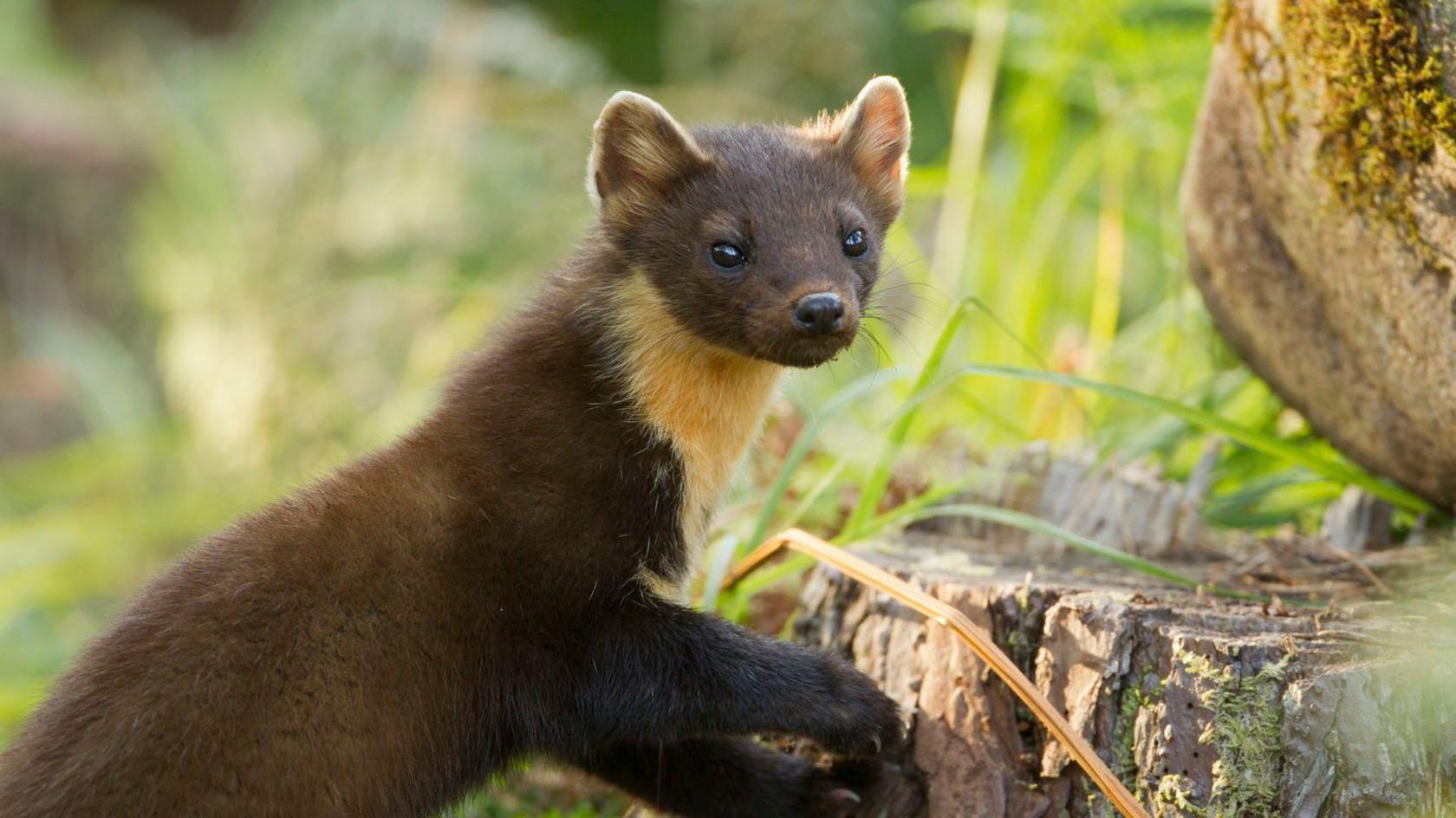What you need to know as pine martens are reintroduced
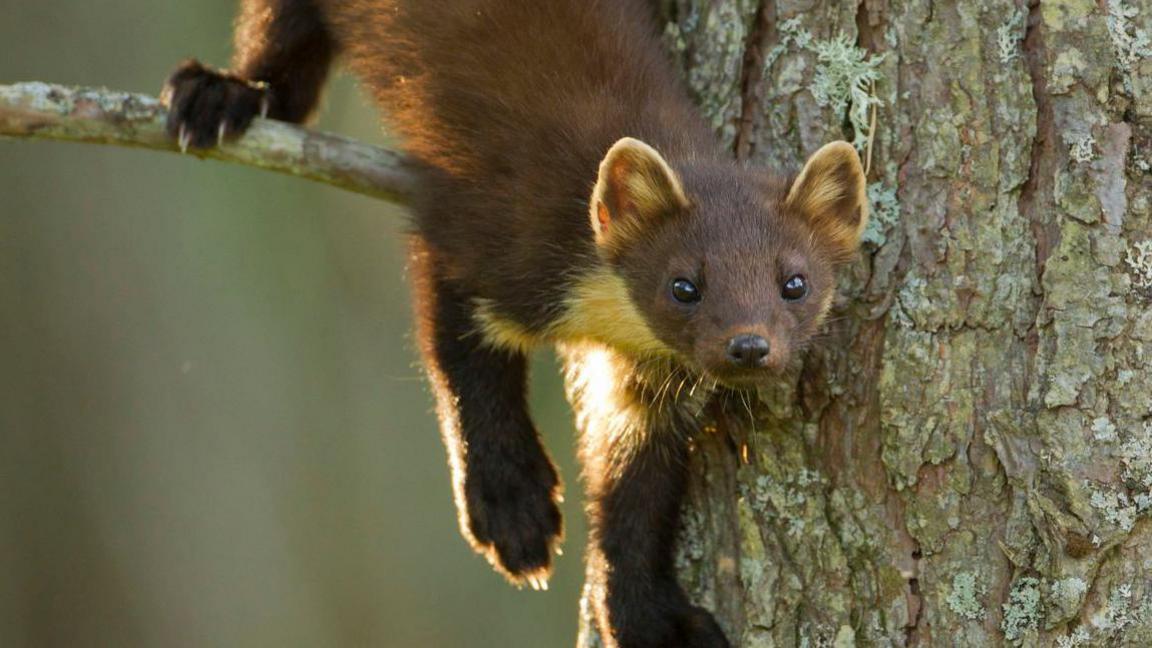
Pine martens were released at secret locations in Exmoor last month
- Published
When it was reported that pine martens were being reintroduced into Somerset, some people had questions.
The Two Moors Pine Marten Project released nine females and 10 males at secret locations on Exmoor in September.
Some people expressed concerns about whether smaller mammals and birds would be impacted.
But Somerset Wildlife Trust wants to reassure people the reintroduction of the animal will restore balance in local woodlands and says there is "plenty of habitat to accommodate the species".
Simon Clarke, head of nature recovery for the trust, spoke to BBC Radio Somerset to answer your questions.
Pine Martens return to Exmoor after over a century
Why have pine martens been reintroduced?
Mr Clarke said the project was "about restoring balance to our woodland ecosystem", which pine martens were a critical part of before their woodland habitat was lost and they were hunted for fur.
He said the animals fed on fruit, especially in the autumn, which helped the surrounding environment.
"They'll be spreading the seeds, you'll have new plants growing. They are an important part of our woodland flora," he explained.
Are pine martens a danger to small mammals?
If pine martens are not eating berries, they can feed on small mammals like voles.
But Mr Clarke said other mammals had adapted to their presence over the years.
"Red squirrels for example are adapted to pine martens, they're smaller, lighter and faster," he said.
"Whereas grey squirrels aren't adapted to them - so actually it could be beneficial to red squirrels," he added.
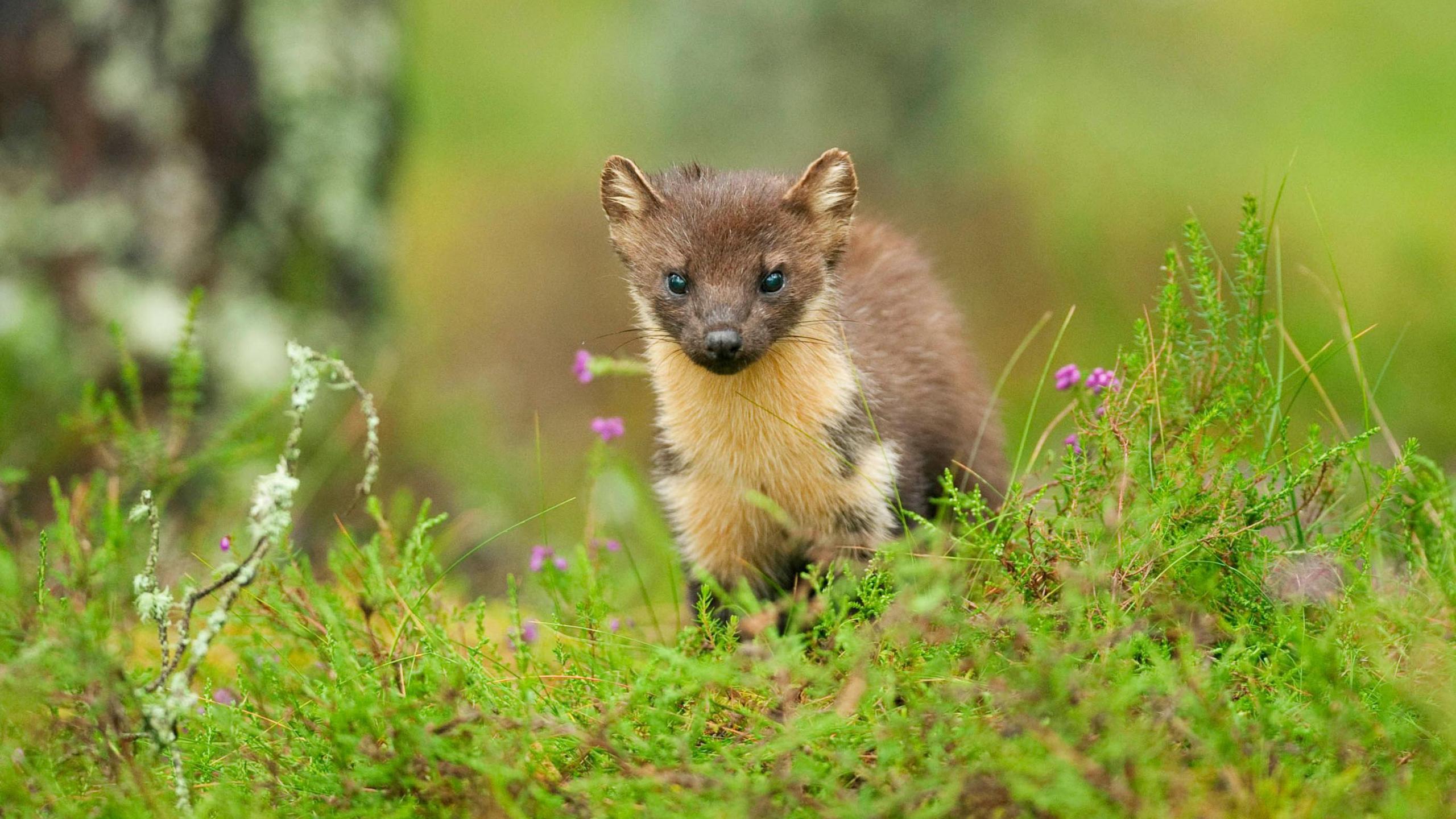
Pine martens are predators but also eat fruit
Are pine martens dangerous for birds?
Another concern raised was whether pine martens would endanger nesting birds.
However, Mr Clarke said birds usually nested away from woodlands.
"Pine martens, they want to live in woodlands. It's unusual for them to go away from woodlands, that's not where their food sources are," he said.
And for people with poultry, Mr Clarke suggested managing the canopy above the area birds are kept in so pine martens would not have branches to climb.
What can I do to protect my house from pine martens?
Some people were concerned pine martens would build nests under their roofs and damage them.
"You can adapt your buildings to keep pine martens out and we've got a lot of advice and resources to help you do that," Mr Clarke said.
Devon Wildlife Trust's Tracey Hamston, who is leading the reintroduction project, added: "We're not separate from wildlife, we live in the same places - and it is really not in a good place."
Get in touch
Tell us which stories we should cover in Somerset
Follow BBC Somerset on Facebook, external and X, external. Send your story ideas to us on email or via WhatsApp on 0800 313 4630.
- Published7 October
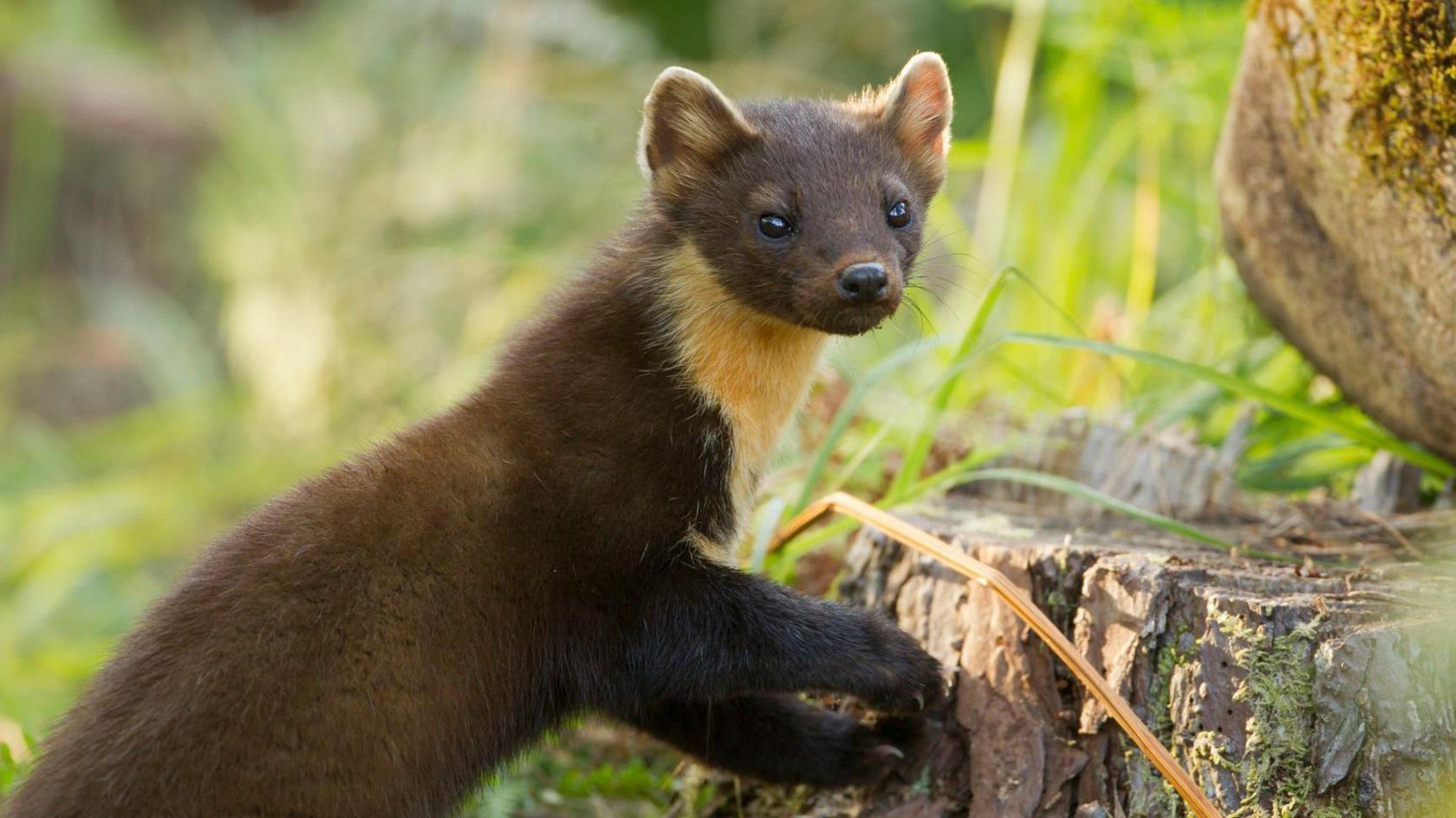
- Published29 September
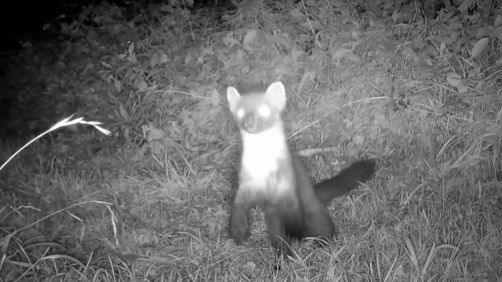
- Published15 May
